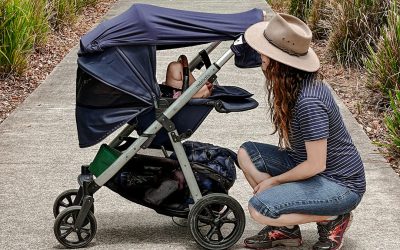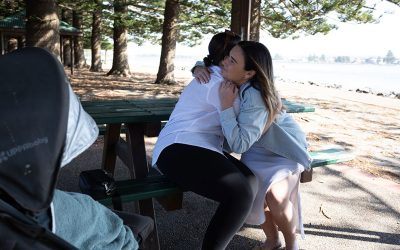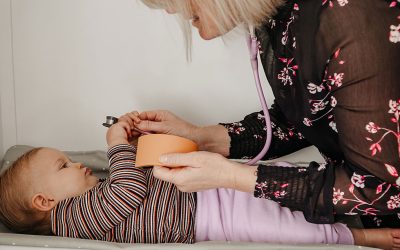Premature babies could be missing out on vital and lifesaving donated breast milk because many mothers don’t know their excess milk can be donated to Australian Red Cross Lifeblood.
A survey of breastfeeding mums and those intending to breastfeed or express milk in areas including Sydney, Brisbane and Adelaide shows that fewer than one in ten were aware of a donated breast milk service locally.
New Lifeblood research also shows that a third of the 28,000 litres of milk donated to Lifeblood since the program began in 2018 have been from the mothers of preterm babies, who make up only 8.6 per cent of new mums. Just over half (54 per cent) of milk donors give only once.
Donated breast milk is critical for premature babies when their mum’s own milk is not available, helping them grow and preventing a deadly gut infection called necrotising enterocolitis.
The findings have prompted an appeal for mothers with excess breast milk to check their eligibility to donate and to help spread the word.
Critical need for breast milk donations
Lifeblood Milk Manager Chris Sulfaro said there was a critical need for up to 200 new donors to come forward this winter to help meet demand.
“Lifeblood is now supplying a record 40 hospitals across Australia, and at the same time, we’re expecting to see a challenging cold and flu season, with around half of our donors ruled out from donating due to household illness last year.”
She said through Lifeblood’s work with neonatal intensive care units, the mothers of premature babies have become aware of the service and its importance in saving lives, but research shows a gap in knowledge amongst other mothers.
“We believe that if more women knew about our service, we would see a significant boost to our numbers, particularly from the mums of full-term babies who make up more than 90 per cent of new mums.”
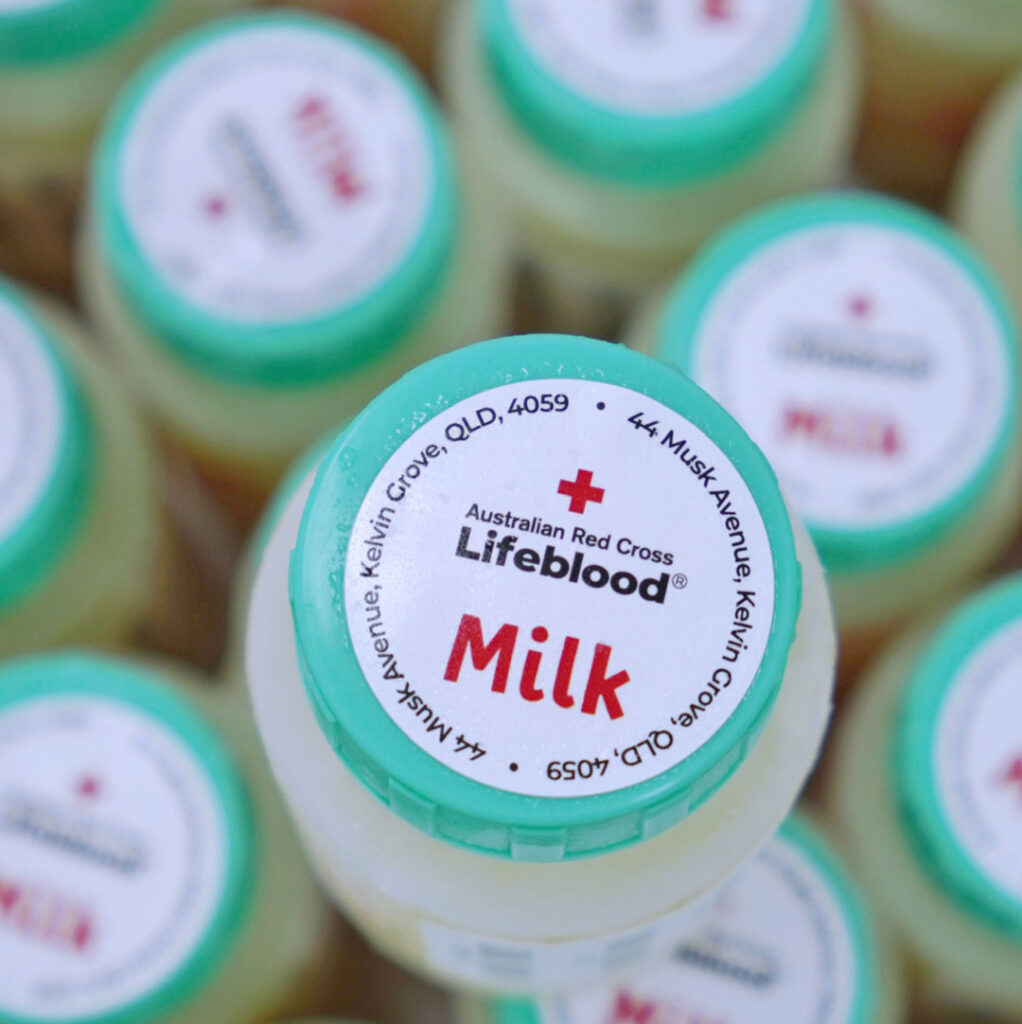
Breast milk donated through Lifeblood
Donating breast milk is easy!
To make donating as easy as possible for donors, mothers express, freeze, and store their breastmilk in their own home or hospital, if their baby is still in the hospital.
“Donations are picked up from the donor’s home or at the hospital by one of our milk donor coordinators, who are there to support and guide mums throughout the whole donation process,” Chris said.
“If you are feeling well and healthy and have more than three litres, no older than 10 weeks, in the freezer, we’d urge you to get in touch.”
More than 130 litres of milk will need to be donated every week this winter to keep fridges stocked.
Information about becoming a donor can be found at lifeblood.com.au
Lifeblood milk service donor facts:
- In the first six years of operations, 1,794 milk donors gave 23,714 litres of human milk to Lifeblood’s milk bank.
- Most donors to Lifeblood’s milk bank provide a single donation of less than 10 litres of milk during the first three months post-partum.
- Milk donors are more likely to have had a preterm birth (29.4% of donors) than the general Australian population (8.6% births)
- 45 bereaved donors gave to the service
- The age range of donors is 18 to 50, with the average being 32 years
- The amount of milk donated ranged from half a litre to 229 litres
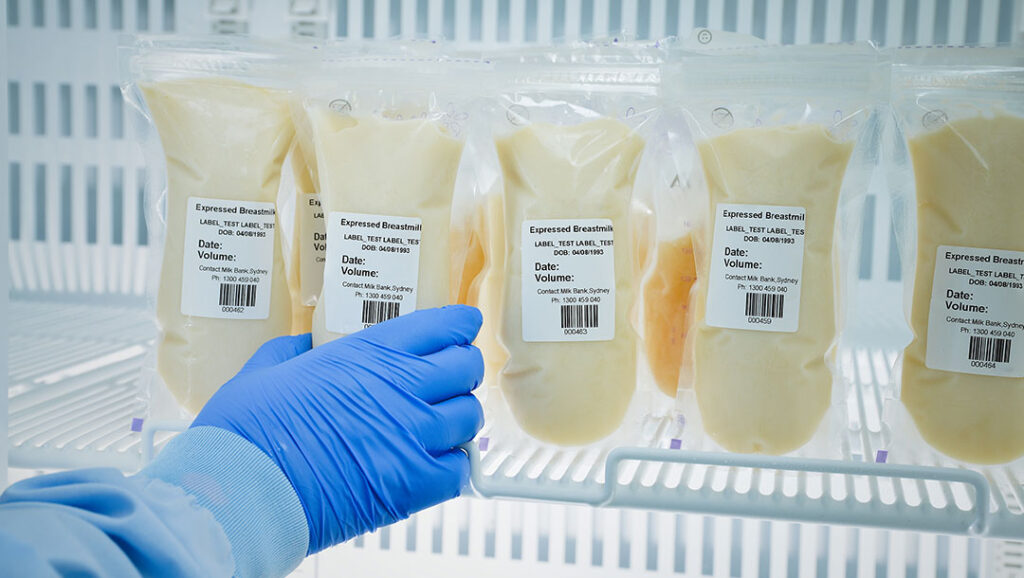
Donated breast milk in the fridge with Lifeblood
Related Stories
The Brisbane general practice creating a village for lifelong care
11 important ways to support a new mum
New Kids’ Book Explores Life After Mum’s C-Section
